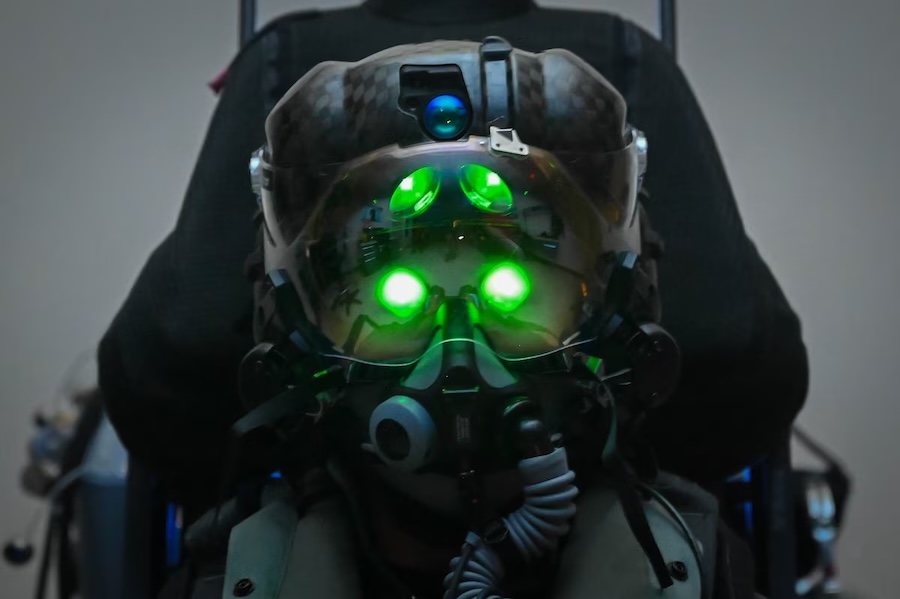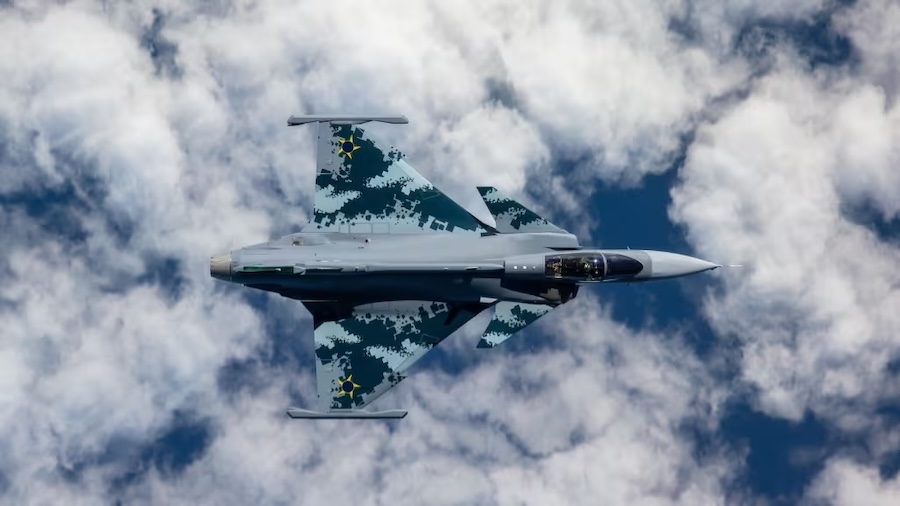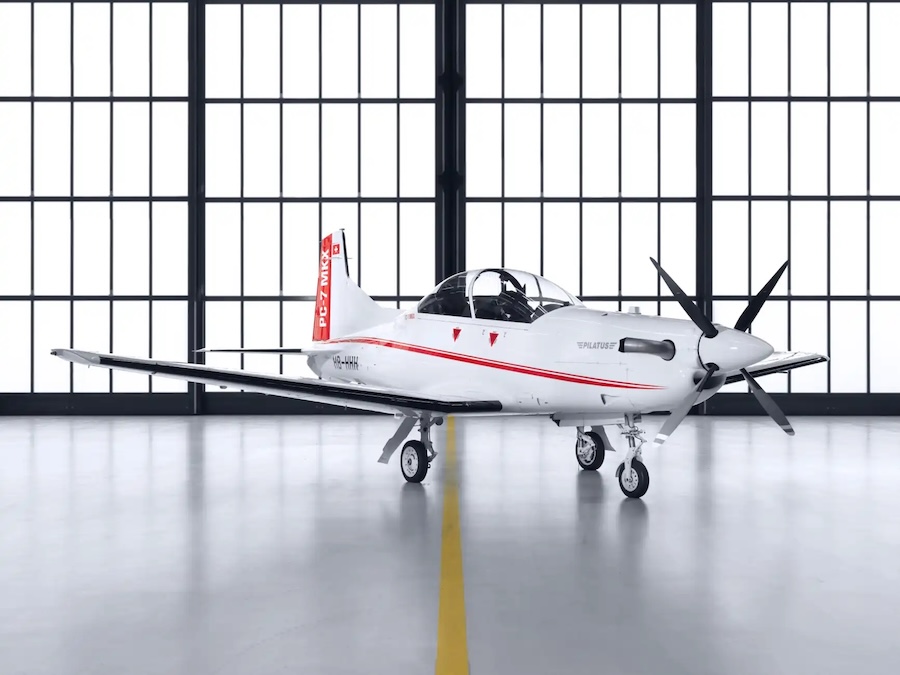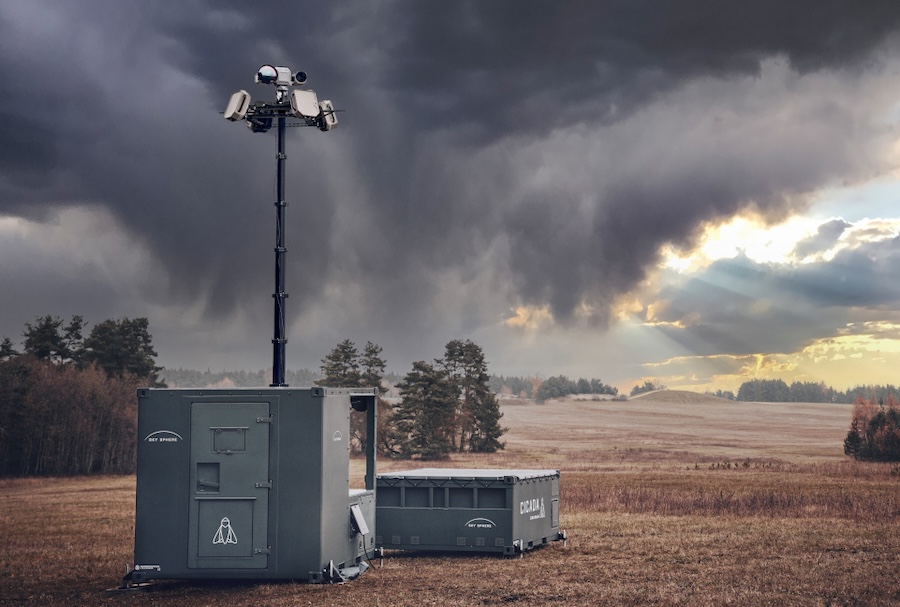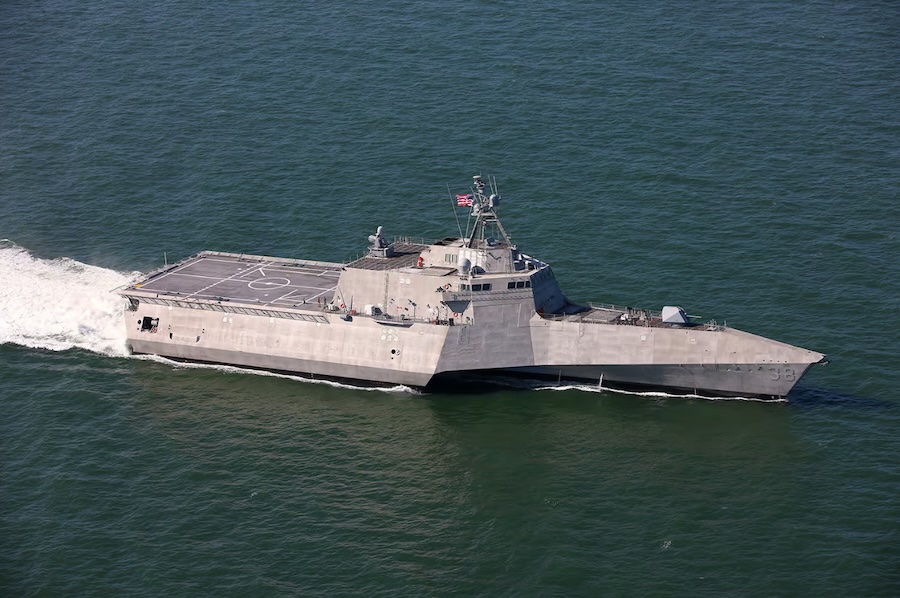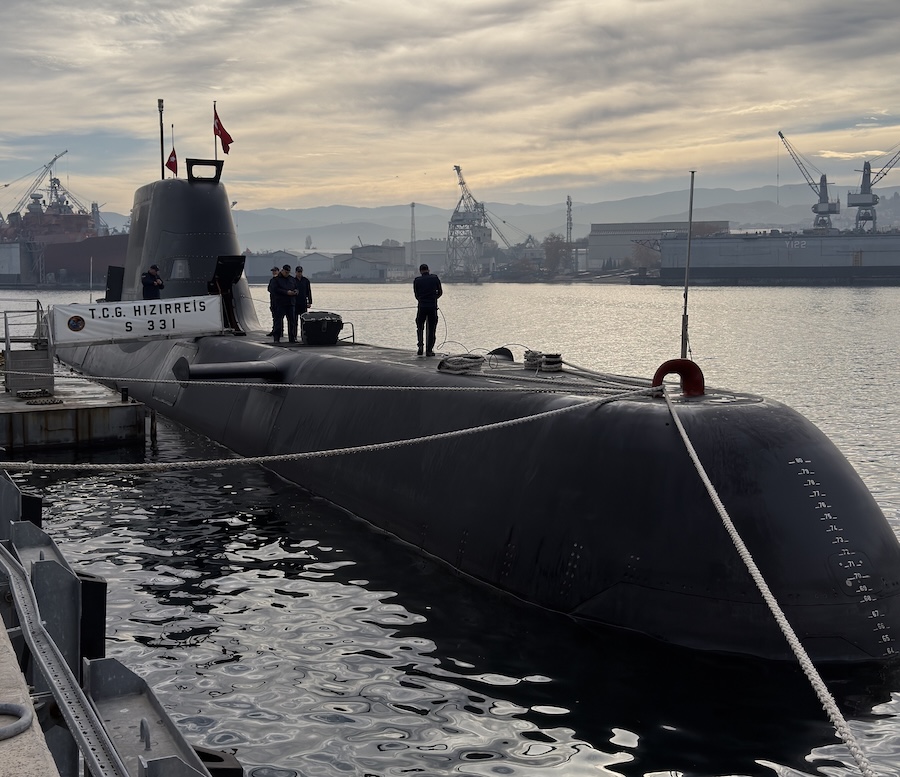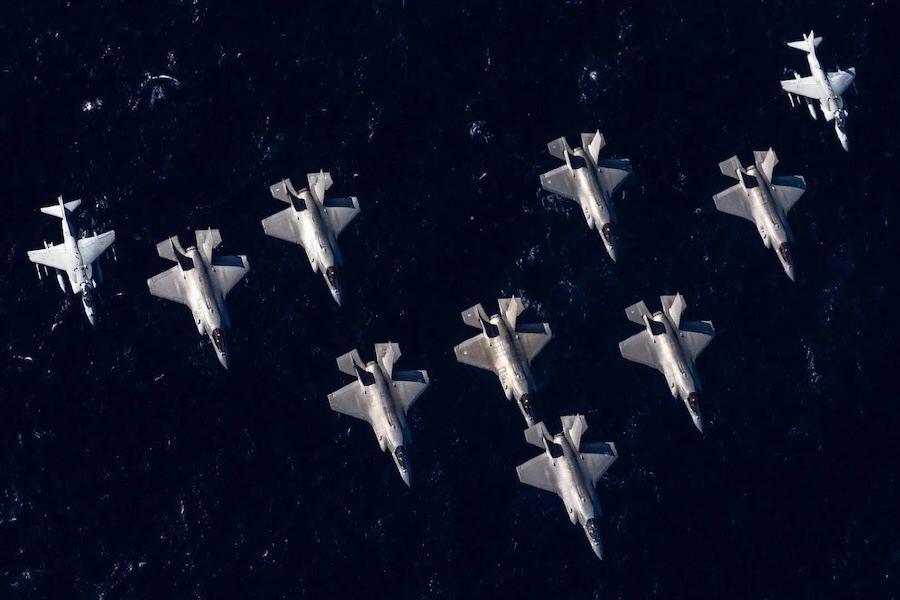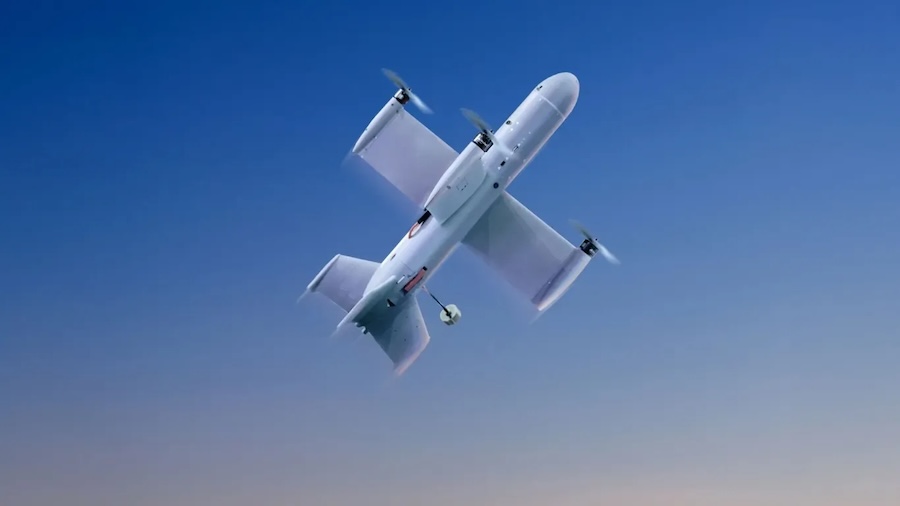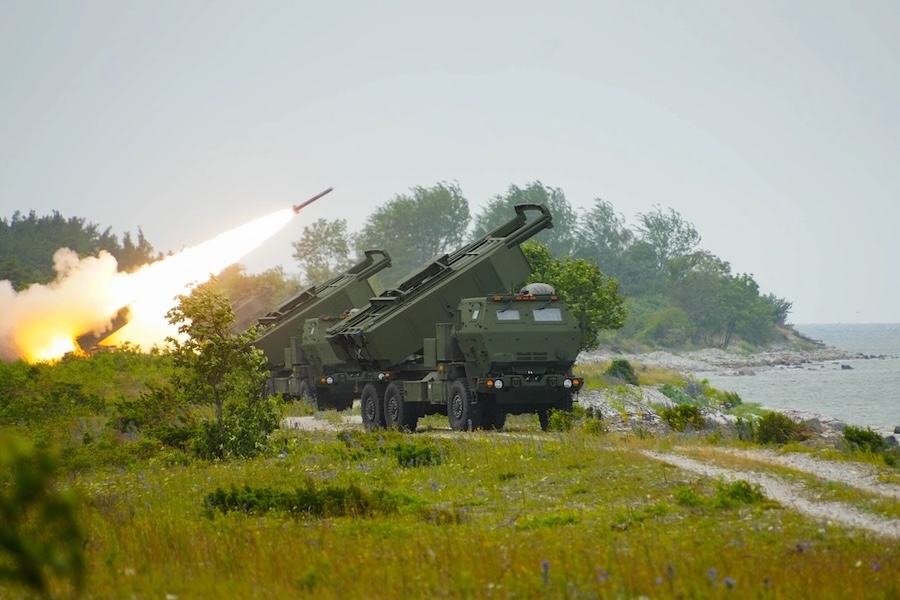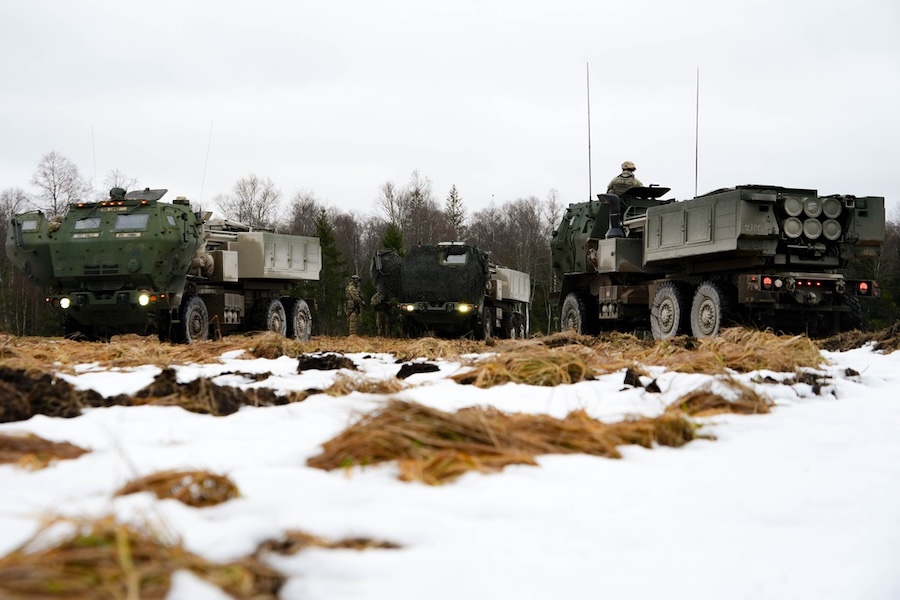The arrival strengthens the Air Force’s nationwide effort to field fifth-generation airpower and keeps the 125th Fighter Wing, known as “the Thunder,” on schedule with its phased delivery plan. The unit will continue operating a mix of its own aircraft and jets loaned by sister Air National Guard units to maintain mission readiness throughout the transition.
“These new F-35s, which include the Air Force’s 500th, represent the forefront of fifth-generation airpower,” said U.S. Air Force Lt. Col. Joseph Pasko, commander of the 159th Fighter Squadron. “We expect to play an integral role in potential future conflicts, and our citizen-Airmen stand ready to answer the nation’s call; anytime, anywhere.”
The F-35 provides stealth, sensor fusion, and electronic-warfare capabilities that surpass the retired fourth-generation Eagles. These enhancements support homeland defense along the southeastern U.S. coastline and strengthen operations in contested environments under the Air Force’s Agile Combat Employment model.
“The Guard’s ability to field fifth-generation aircraft in key regions gives combatant commanders the reach, resilience and rapid response they need,” said U.S. Air Force Brig. Gen. Richard L. Coffey, assistant adjutant general – air, Florida National Guard, and commander of the Florida Air National Guard. “Jacksonville’s strategic location and joint partnerships expand the Air Force’s options and ensure our Airmen are at the forefront of our nation’s defense.”
The delivery comes as Department of the Air Force leaders testified before a Senate defense subcommittee on expanding air and space dominance. Officials emphasized that the fiscal year 2026 budget request prioritizes homeland defense and bolstering capabilities in the Indo-Pacific region, where China is identified as the pacing threat.
“We now operate in a world where the [People’s Republic of China] is not only rapidly modernizing its military, but doing so with a clear intent to coerce its neighbors and reshape the international order,” said Air Force Chief of Staff Gen. David Allvin. “The United States must maintain airpower dominance if we are to safeguard our security, deter aggression, and prevail in conflict.”
To prepare for the Lightning’s arrival, the base built a new simulator complex, upgraded hangar ventilation for low-observable maintenance, began work on a climate-controlled weapons-load facility, and partnered with the Jacksonville Aviation Authority to widen taxiways at Jacksonville International Airport.
“Modern hardware and software demand modern skill sets,” said U.S. Air Force Col. Carl Guckenberger, commander of the 125th Maintenance Group. “Our Airmen have embraced the challenge, directly supporting the conversion efforts while simultaneously completing thousands of hours of formal training so our jets are ready to launch on time and on target.”
Jacksonville is now the fourth Air National Guard wing to field the F-35, joining Vermont, Wisconsin, and Alabama. It also becomes one of nine units across the Air Force enterprise currently operating the Lightning II.












